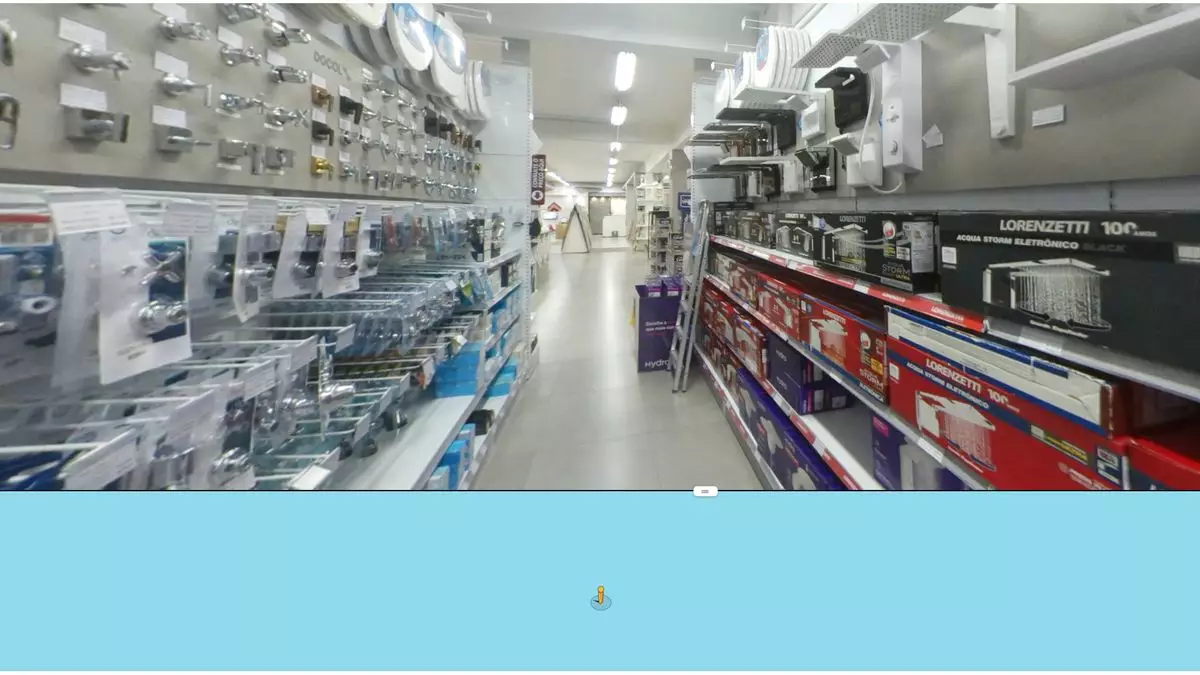Google Maps has become an indispensable tool in modern life, guiding millions through urban jungles, rural backroads, and even remote locations. However, admiration for this invaluable service has recently turned to bewilderment as users stumble upon seemingly misplaced spots in Google Street View, particularly those dropped into vast oceans. This phenomenon raises critical questions about accuracy, marketing practices, and the uncanny intersections of technology and reality.
The Google Street View pin, a simplistic yellow icon, has been anthropomorphized in the imagination of many internet users. It embodies a hapless figure, launched into the digital ether, tasked with immortalizing physical spaces through the lens of a camera. Yet, unlike the valuable experiences it tends to document, the Street View pin seems to dwell in a cycle of isolation and yearning—a digital specter longing for its rightful place in the mapped world. Users are acutely aware of the pin’s plight, leaving it stranded in strange spaces devoid of context or logic. It operates as a surreal commentary on digital existence, how our virtual representations disrupt the wholly physical world.
The allure of these peculiar Street View placements comes not just from their oddity but from the community’s engagement with these discoveries. Reddit users have taken it upon themselves to explore these marooned locations in the ocean, unearthing bizarre examples like the interior of a hardware store listed to rest on the mid-Atlantic ridge. The visual disconnect raises eyebrows, leading many to ponder the dualities of misleading data and how digital mapping can be misinterpreted. When a seemingly mundane profile of “Joca Construção” is presented as floating amidst unfathomable depths, it prompts deep reflections on the fabric of reality.
Additionally, various businesses appear to be erroneously mapped into the Atlantic and South Pacific, conflating digital glory with geographical accuracy. This situation hints at the increasingly problematic nature of relying on the authenticity of user-generated content in mapping software. The involvement of marketing companies such as Visual Art Brasil and Xprasive complicates matters further. What may initially seem like innocent confusion over geodata could hint at an elaborate marketing gambit gone awry.
Digital marketing often thrives on visibility, and it seems these businesses might have inadvertently achieved that—even if it was not through conventional means. What can we surmise when a bathroom aisle, seemingly thousands of miles away from the nearest hardware store, becomes the unwitting star of an online sleuth’s adventure? Users are hot on the trail, piecing together clues that sometimes converge but more often draw into absurd territory.
What might initially feel like an inconvenient hiccup in mapping could represent a larger commentary on our reliance on technology to interpret and represent real-world data. Whether it is a clever—or not so clever—marketing strategy or merely an error in coding due to inconspicuous geolocation misalignment, it is clear that the implications of these mapping anomalies are not negligible.
As we delve further into the intrigue, it becomes evident that some are speculating on a more eccentric explanation. With hints of dimensional rifts and alternate realities permeating online discussions, one can’t help but draw unsettling parallels to classic sci-fi narratives. These musings ignite intellectual curiosity and a sense of wonder. What if these misplaced pins are indeed portals to a different universe, snippets of landscapes inconceivably colliding in our perceptual realm?
In the end, the journey of the Google Street View pin encapsulates the unpredictability of our digital adventures. These misadventures in geolocation serve exciting opportunities for humor and inquiry, pushing the boundary of how we think about digital constructs versus our tangible reality. Regardless of their origin—whether grounded in marketing mishaps or playful imagination—these desolate locations remind us of the whimsical, sometimes perplexing intersections between our virtual lives and the physical world. So, while the little yellow pin might have ended up adrift in an oceanic abyss for now, it has ignited an engaging conversation about the nature of our digital maps and how we navigate them.


Leave a Reply